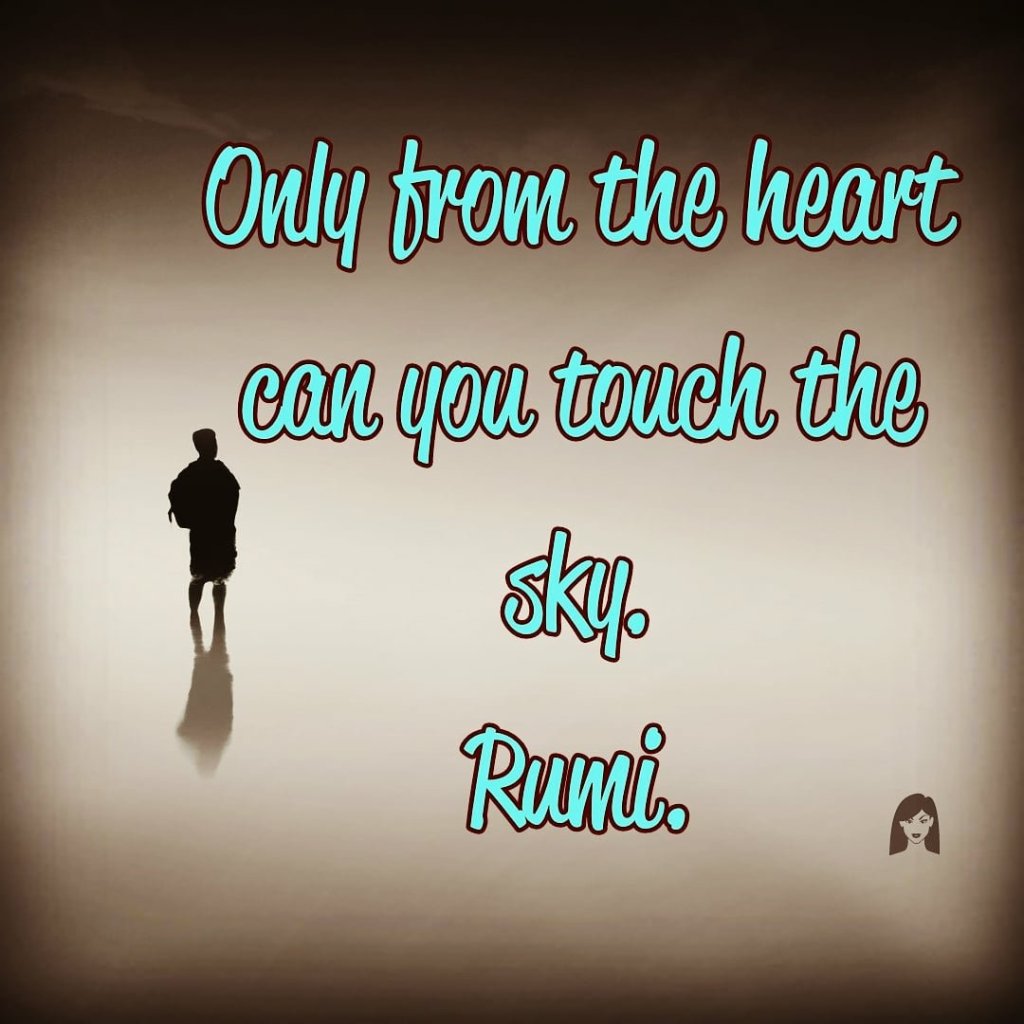Symbolism is a powerful literary device that enriches poetry by adding deeper layers of meaning. Through symbols, poets can convey complex ideas, evoke emotions, and create connections between the tangible and the abstract.
What Is Symbolism?
At its core, symbolism involves the use of—objects, colours, events, or even emotions—to represent something beyond their literal meanings. These symbols are laden with qualities and associations that are often open to interpretation.
Here are some key points about symbolism:
1. Context Matters: The meaning of a symbol hinges on the context in which it appears. A single object can symbolize different things depending on the surrounding circumstances.
2. Subjectivity: While some symbols are universal (like the colour white representing purity), others are subjective or can have specific cultural connotations. Readers bring their own perspectives and experiences, affecting how they interpret symbols.
3. Common Symbols: Certain symbols recur across cultures and literature. For instance:
• White: Symbolizes purity, new life, or peace.
• Black: Associated with death, danger, or mystery.
• Red: Represents love, passion, or even death.
• Green: Signifies rebirth, nature, and growth.
• Cross: Symbolizes Christianity, sacrifice, or heaven.
• Home: A symbol of safety and peace.
• Flowers The symbolism of flowers was particularly strong in Victorian times in both Europe and America. Many cultures imply meaning to different plants, herbs or flowers. Last year. at a family funeral everyone received a prig of rosemary, and this was said to be symbolic of remembrance. A red rose on St Valentine’s day is a symbol of the affection you might hold for another person or that they might hold for you. This symbolic meaning is called in the West floriography and examples of the symbolic use of plants and flowers in some case linked to the colour of a bloom can be found in many poems and paintings.
Examples of Symbolism in Everyday Life
Everyday words, objects, and even concepts often have more than a single meaning. Across time, certain aspects of everyday life and experience evolve in meaning and associated significance, making them symbols of something besides what they actually are. Here are some common examples of symbolism in everyday life:
• rainbow–symbolizes hope and promise
• red rose–symbolizes love and romance
• four-leaf clover–symbolizes good luck or fortune
• wedding ring–symbolizes commitment and matrimony
picture of a shopping trolley —symbolises on line shopping
Examples of Symbolism in Poetry
1. “Daffodils” by William Wordsworth:
• In this classic poem, daffodils serve as a powerful symbol. The vibrant yellow flowers represent more than their physical beauty; they embody the idea of joy, inspiration, and the transcendent power of nature. The image of the daffodils dancing in the breeze becomes a metaphor for the poet’s own inner experience.
2. “The Raven” by Edgar Allan Poe:
• The raven in Poe’s haunting poem is more than a mere bird. It symbolizes grief, despair, and the relentless persistence of sorrow. The repetition of the word “Nevermore” reinforces the raven’s symbolic weight.
• “Fire and Ice by Robert Frost”
In the poem, fire symbolizes destructive and consuming emotions such as jealousy, desire for power, anger, and impulsivity. Ice, in the poem, symbolizes destructive and withholding emotions such as hate, indifference, loneliness, and isolation. Of course, the poet indicates to the reader that the literal meanings of fire and ice make them capable of destroying and ending the world. However, it’s the symbolism of fire and ice that enhances the meaning and significance of the poem.
3. “Ode to the West Wind” by Percy Bysshe Shelley:
• In this ode, the west wind symbolizes change, renewal, and the power of nature. Shelley invokes the wind as a force that can both destroy and rejuvenate, emphasizing its transformative role.
Why poets use Symbolism
Different types of symbols create different effects for readers, though the overall goal of symbolism as a literary device is to enhance the reader’s experience with literature.
Here are some examples of types of symbolism and their effects:
• emotion: symbols often evoke emotional responses in readers, allowing them to invest in the story. This emotional effect of symbolism also creates a lasting impression for the reader of the literary work.
• Imagery: symbols can create imagery and provide visual elements that allow readers to understand complex literary themes. This also has a beneficial effect for writers so that they don’t feel an overreliance on language to explain their intended meaning.
The Art of Uncovering Hidden Meanings
As readers, we must dive deep into the layers of symbolism. Metaphors, allegories, and allusions help us unlock these hidden meanings. When encountering symbols in poetry, consider the following:
• Metaphors: These associate complex concepts with familiar images.
• Allegories: Use symbolic characters to represent abstract ideas.
• Allusions: Refer to other works, myths, or historical events to enrich the symbolism.
Remember that poetry invites us to explore, question, and engage with symbols. Each reader brings their unique lens, making the experience rich and multifaceted. So, the next time you encounter a rose, a storm, or a broken mirror in a poem, pause and unravel the layers of symbolism—they hold secrets waiting to be discovered.
In the realm of poetry, symbolism is the bridge between the tangible and the ineffable, the mundane and the magical. It invites us to see beyond the surface and glimpse the profound truths that lie beneath.
References:
1. Symbolism – Definition and Examples – Poem Analysis
2. How Is Symbolism Used In Poetry – Poetry & Poets
3. What Does Symbolism Mean In Poetry – Poetry & Poets
4. Symbolism in Poetry: Uncovering Hidden Meanings – Poems Please
Remember, as you explore poetry, let your heart and imagination be your guide—the symbols await your interpretation!



